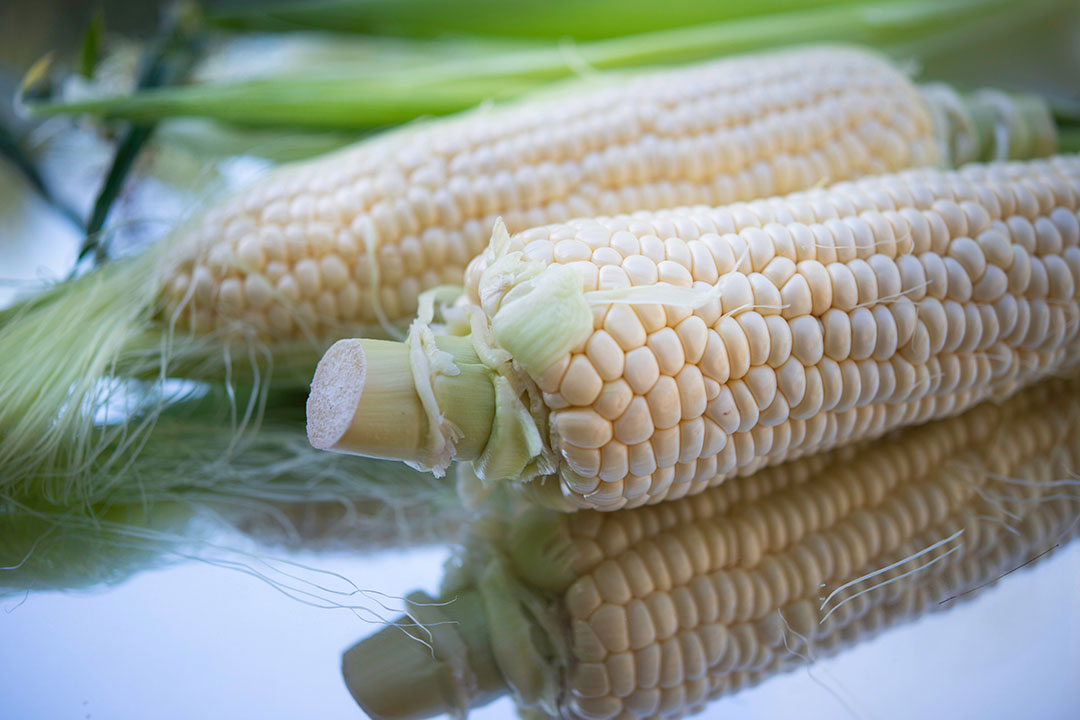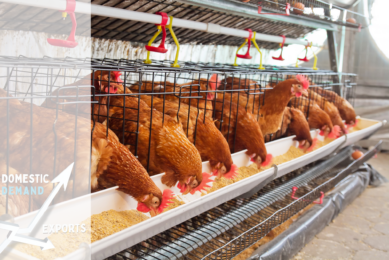Case Study: Corn production booming in Zambia

In MY 2020/21, Zambia produced its 2nd largest corn crop on record of 3.4 million tonnes, which is 69% higher than the previous season’s crop of 2 million tonnes.
Corn is the most important crop in Zambia. It is widely grown by smallholder farmers, is the national staple food, and is used widely in the animal feed sector. Because of its importance and following the onset and progression of the Covid-19 pandemic, the Zambian Food Reserve Agency said it would purchase 1 million tonnes of corn to protect the country’s food security status.
This decision will limit the amount of corn available for exports, which is estimated to not exceed 270,000 tonnes. Zambia exported an estimated 100,000 tonnes of corn in MY 2019/20 MY and 600,000 tonnes in MY 2018/19.
 Covid-19 Up-date
Covid-19 Up-date
What impact is the pandemic having on the global animal feed sector and how are they dealing with it.
Farmer Input Support Programme
Zambia’s bumper corn crop is attributed to favourable weather conditions and the successful early deliveries of farming inputs under the government’s Farmer Input Support Program (FISP) programme, which supplies subsidised seed and fertiliser to smallholder farmers to increase efficiencies and food security. This programme was first introduced in 2001 as the Fertilizer Support Program but was revised and renamed in 2009 to the FISP to reach more smallholder farmers. Small and medium-scale farmers produced almost 3.2 million tonnes of corn in MY 2020/21, or 93% of the total corn crop. The Zambian government believes this positive trend in corn production will continue with Zambia’s farmers ultimately producing more than 5 million tonnes of corn per year.
Corn production
Reports on this year’s production season indicated that fall armyworm affected about 15% of the area planted with corn. However, due to improved management by producers and the distribution of pesticides by the Zambian government, farmers were able to reduce its severity. In Zambia, the cultivation of genetically engineered corn is prohibited. Almost all of the corn planted in Zambia is white corn. It is estimated that Zambia requires around 280,000 tonnes of corn for animal feed for the poultry and livestock industries.
 Global feed industry case studies
Global feed industry case studies
Taking a deeper look into animal feed production worldwide
Corn trade and stocks
It is estimated that Zambia exported about 100,000 tonnes of corn in MY 2019/20 MY. In March 2019, the Zambian government lifted the export ban of corn and corn products to neighbouring countries after it was introduced in October 2018. Some welcomed the move, saying it will allow Zambia to earn some foreign exchange, while others questioned if it may affect food security. In MY 2018/19, Zambia exported an estimated 600,000 tonnes of corn, which included cross-border informal trade, mostly to the DRC and Malawi, that occurs on a continuing basis. The Zambian government estimated corn stocks at the end of MY 2019/20 at 179,247 tonnes, down 62% from the 475,000 tonnes of corn stock that was available at the end of MY 2018/19. Zambia has formal storage capacity in excess of 2 million tonnes.












